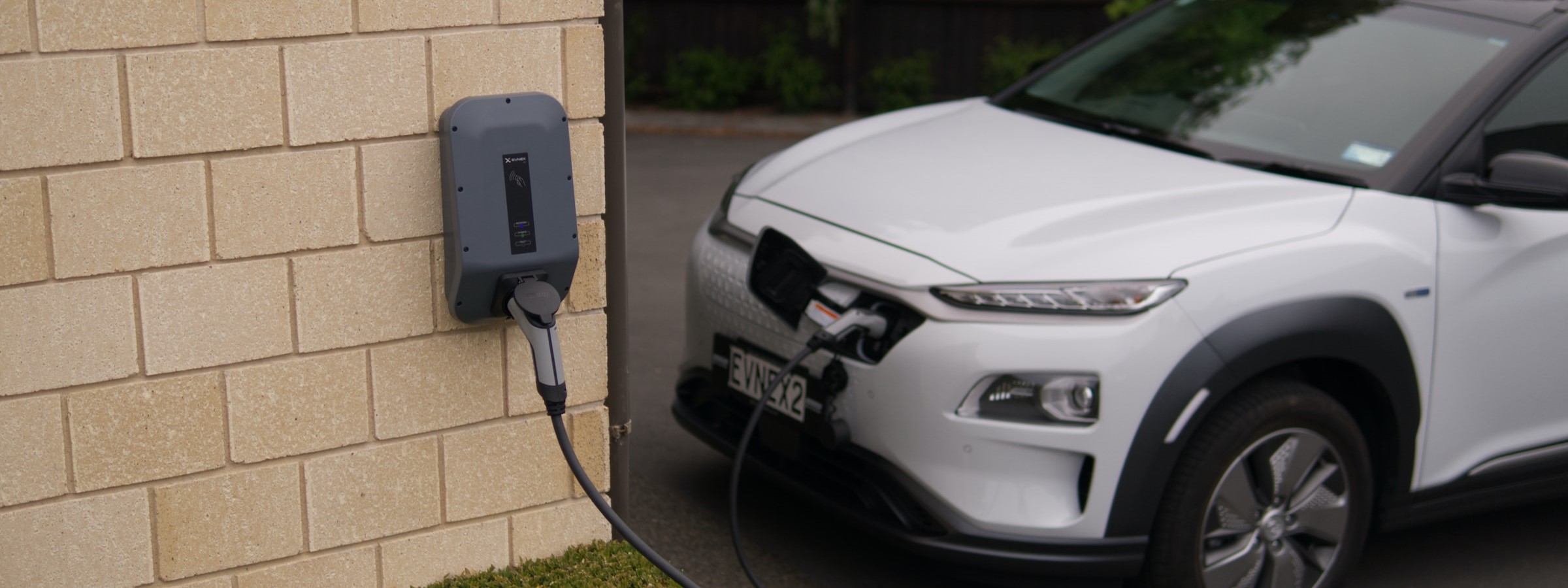Imagine saving money on your electric vehicle (EV) charging expenses while doing your part for the environment. The UK’s Electric Vehicle Homecharge Scheme (EVHS) allows you to do just that. This government initiative provides financial support for EV owners, helping reduce the cost of installing EV chargers at home. In this comprehensive guide, we will explore the ins and outs of the EVHS, give tips for choosing the correct charger for your home, and show how to maximize the benefits of owning an electric vehicle.
Key Takeaways
- Understand the Electric Vehicle Homecharge Scheme (EVHS) to maximise savings on installing a home charger.
- Learn about wall-mounted and post-mounted chargers, charging speeds & efficiency, and other EV incentives such as Workplace Charging Schemes (WCS).
- Consider eco-friendly driving habits & off-peak tariffs for additional environmental & financial benefits.
Understanding the Electric Vehicle Homecharge Scheme (EVHS)
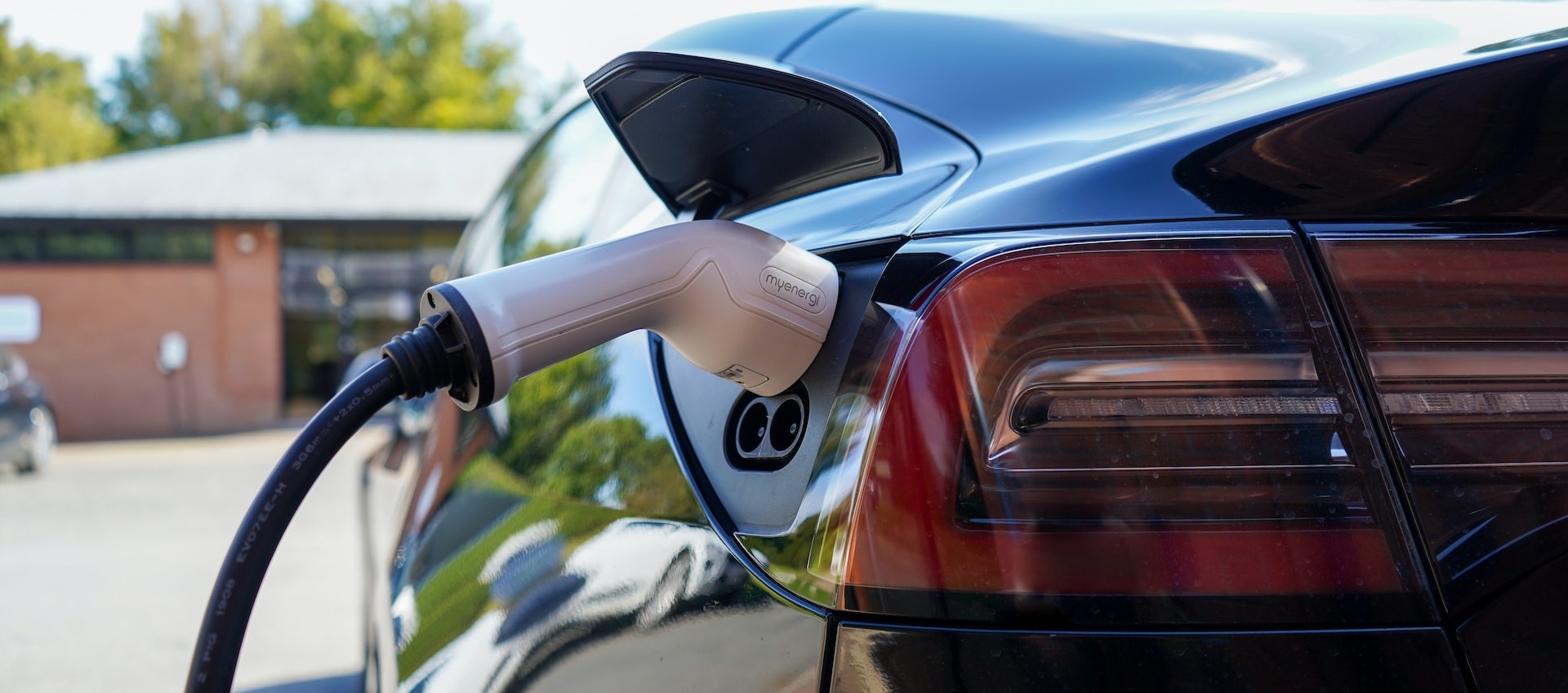
The Electric Vehicle Homecharge Scheme (EVHS) is a UK government initiative to support electric vehicle owners by providing up to £350 towards installing an electric car charger at home. This financial assistance can significantly reduce the burden on EV owners, making the transition to greener transportation more accessible and affordable. Since its introduction, the EVHS has helped thousands of electric vehicle owners install charging points at their residences, promoting the adoption of low-emission vehicles.
The process for claiming the EVHS grant is straightforward. Here are the steps:
- An authorized installer will handle the application on your behalf.
- The installer will claim 75% of the cost (capped at £350) before installing the EV charger.
- The necessary paperwork will be completed.
- This hassle-free approach allows you to focus on enjoying the benefits of your electric vehicle while the installer takes care of the grant application process.
Eligibility criteria for EVHS
To be eligible for the EVHS, you must own or lease an eligible vehicle, which is an approved electric vehicle, provide dedicated off-street parking, and use an approved installer to install your EV charging points. The EVHS is available for cars and wheelchair-accessible vehicles, making it a versatile electric vehicle chargepoint grant.
For EVHS eligibility, dedicated off-street parking is a requirement. This includes a driveway or private parking space. Approved installers for the EVHS can be found on the government website, and the Energy Saving Trust also provides information on EV charging schemes.
Grant amount and coverage
The EVHS grant covers 75% of the cost of purchasing and installing a home charger, up to a maximum of £350. This grant is available for all 100% battery electric vehicles per residential or commercial property. Furthermore, the EVHS grant can be combined with other grants or discounts, making it even more beneficial for electric vehicle owners. However, it is important to note that each grant can only be used for a different charge point, and multiple grants cannot be submitted for the same electric vehicle chargepoint socket.
The government grant, or the plug-in car grant, is designed to make electric vehicle ownership more accessible and convenient for consumers. With the financial support from the EVHS grant, electric vehicle owners can enjoy the benefits of home charging without worrying about the costs associated with installing charging points.
Choosing the Right EV Charger for Your Home
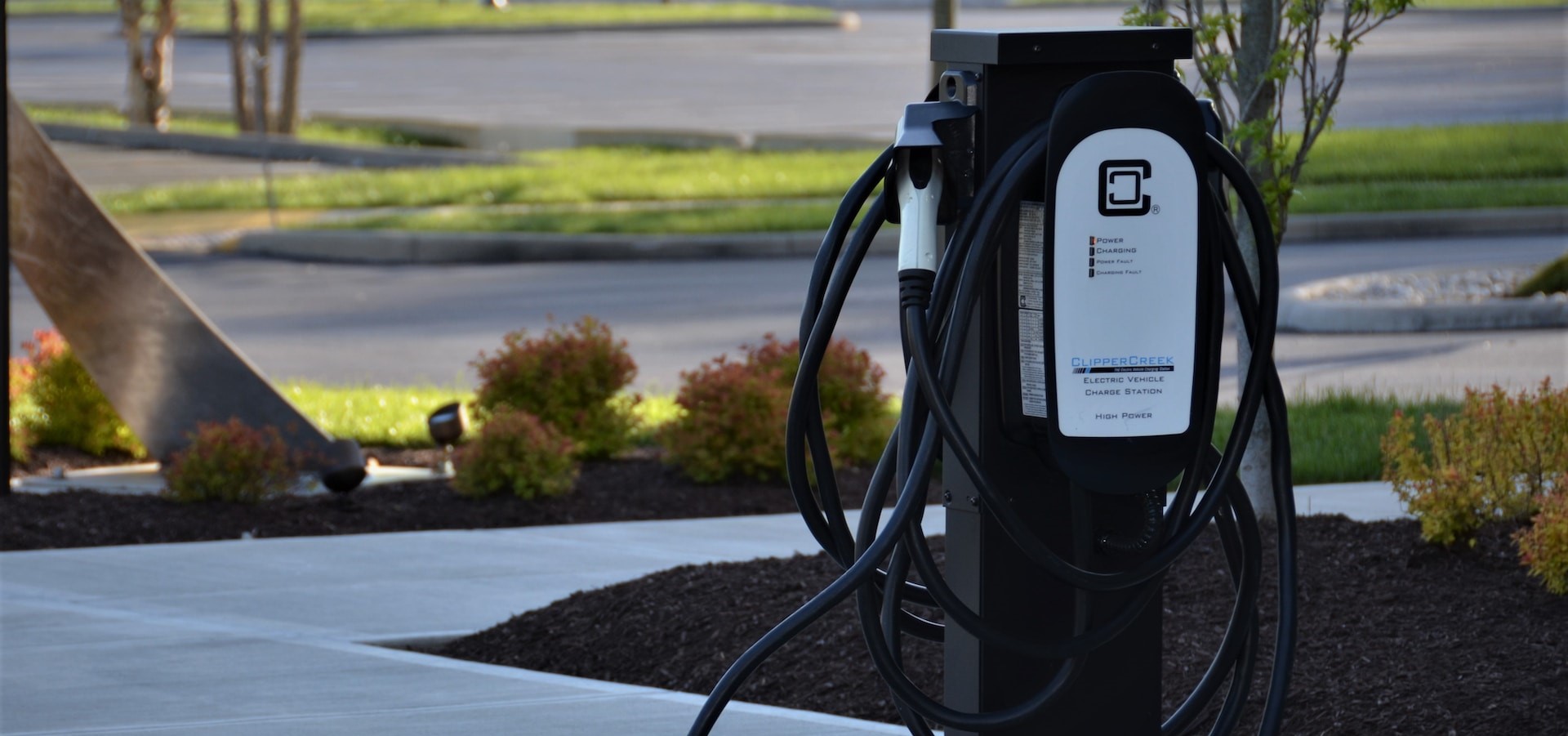
Choosing an appropriate EV charger for your home is vital for an efficient and seamless charging experience. Various factors, such as wall-mounted or post-mounted chargers and charging speed, should be considered when choosing the ideal charger for your specific needs. By understanding the differences between charger types and their benefits, you will be better equipped to decide on the most suitable charging solution for your electric vehicle.
We will cover the advantages and disadvantages of wall-mounted and post-mounted chargers and discuss the charging speeds available for various home EV chargers. This information will assist you in determining the best option for your charging needs and ensure a smooth, hassle-free charging experience.
Wall-mounted vs post-mounted chargers
The primary distinction between wall-mounted and post-mounted EV chargers is their installation location. Wall-mounted chargers are affixed to a wall, while post-mounted chargers are installed on a post or pole. This difference in installation location offers versatility in selecting the placement of the charger.
Wall-mounted EV chargers have several advantages, including minimal installation requirements, lower costs than other chargers, and convenience for consumer EVs when wall space is available. However, electric car charger installation may require professional assistance and may not be suitable for all EVs or charging needs.
On the other hand, post-mounted EV chargers offer benefits such as convenience, increased charging speed, safety, and cost efficiency. However, they may have limited availability and options compared to wall-mounted chargers and may require additional cable management to prevent trip hazards.
Charging speed and efficiency
Charging speed is an essential factor when selecting a home EV charger. The charging speeds for different home EV chargers can vary, with the 7kW charger being the most common and compatible with most EVs. A 7kW charger can fully charge an electric vehicle in 3-4 hours, balancing speed and convenience for daily use.
Factors that influence electric vehicle charging speed include:
- The state of charge (SoC) of the battery at the start of charging
- The level of charger
- The size and fullness of the EV battery
- The temperature in the area
- The maximum charge rate of the EV
- The ambient temperature
- The battery temperature
By understanding these factors and selecting the most suitable charger for your needs, you can optimize charging efficiency and ensure a positive charging experience for your electric vehicle.
Applying for the Electric Vehicle Homecharge Scheme
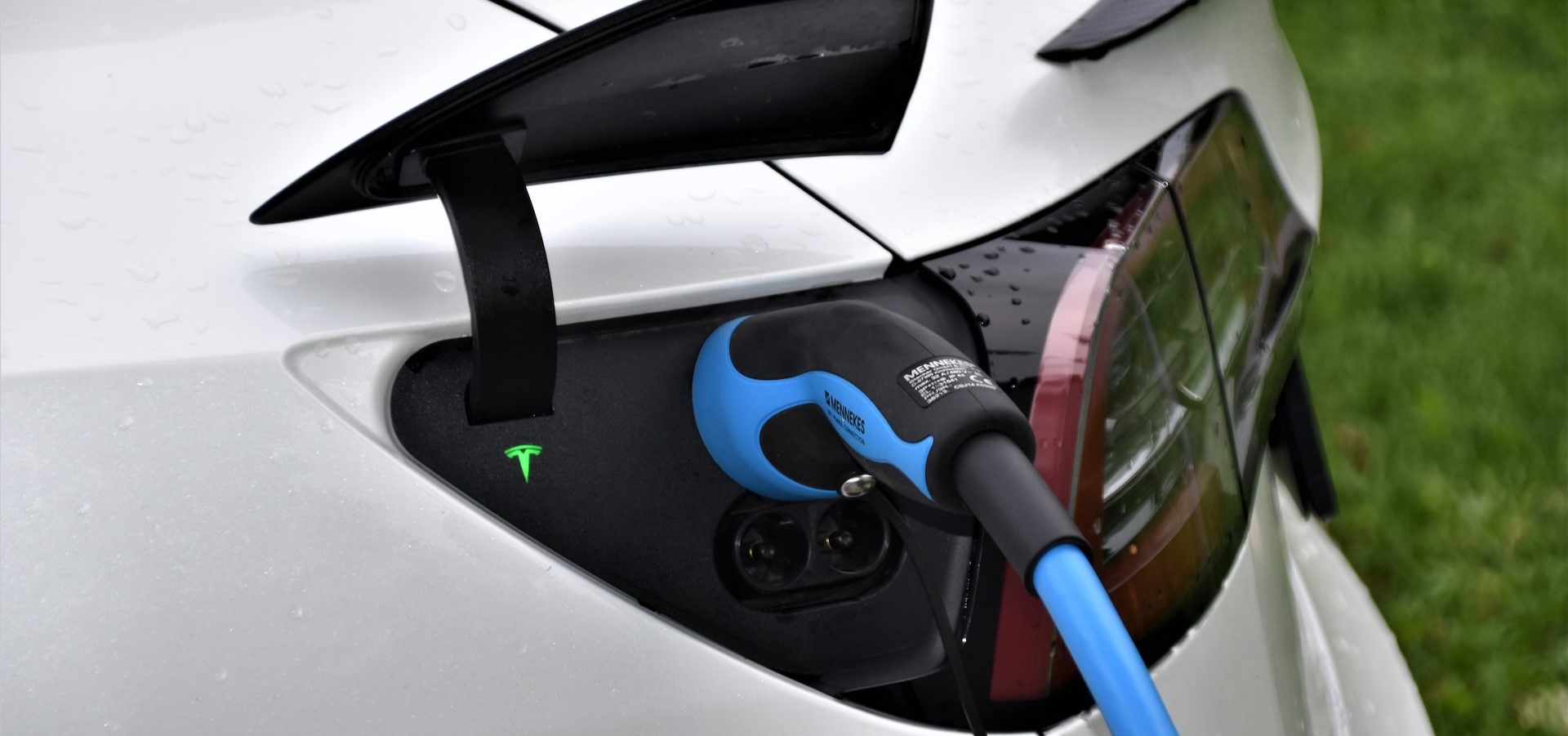
Applying for the EVHS involves finding an approved installer to handle the grant application process and ensure all necessary documentation is submitted for approval. This hassle-free approach allows you to focus on enjoying the benefits of your electric vehicle while the installer takes care of the grant application process.
We will outline locating an approved installer and explain the documentation and approval requirements for the Electric Vehicle Homecharge Scheme.
Finding an approved installer
To locate an OZEV-approved EV home charging station installer, refer to the official government website or check the EV Chargepoint Installers Directory. Some examples of OZEV-approved installers include:
- Ecology
- API Electrical
- JustGoEV
- Caldere Electrical Services
- EV Chargers UK
OZEV-approved installers must possess the qualifications and experience to be eligible for the EVHS.
When selecting an installer, reviewing their qualifications and experience is important, ensuring that they meet the OZEV competency requirements for domestic and workplace chargers. Choosing a qualified and experienced installer ensures a smooth and efficient installation process for your home EV charging point.
Documentation and approval
The installer will handle the grant application process, including submitting necessary documentation and obtaining approval before installation. To apply for the Electric Vehicle Homecharge Scheme, you must submit proof of eligibility, evidence of ownership or lease of the electric vehicle, a completed application form, and any other documents required by the OZEV or the authorized installer.
The approval timeline for the Electric Vehicle Homecharge Scheme may vary, but it typically takes a few weeks to obtain approval. By working closely with your installer and providing all necessary documentation, you can ensure a streamlined application process and enjoy the benefits of your home EV charging point as soon as possible.
Workplace Charging Scheme (WCS) and Other EV Incentives
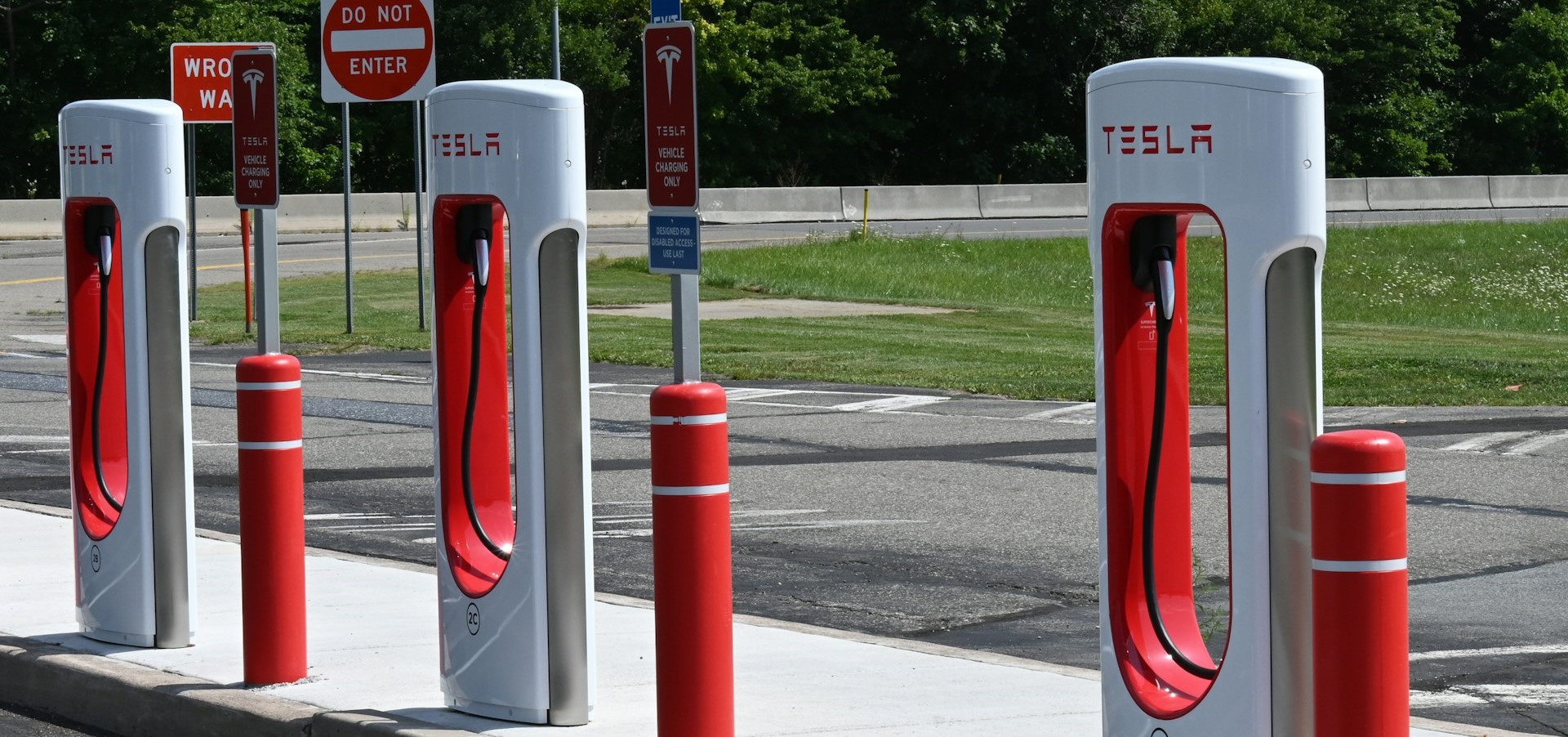
In addition to the EVHS, other incentives are available to promote the use of electric vehicles, such as the Workplace Charging Scheme (WCS) and regional charging schemes. The WCS offers financial support for businesses, charities, and public sector organizations to install charging infrastructure for electric vehicles. Moreover, regional incentives like the EV charger grant for workplaces, the EV charge point grant, and the EV Homecharge Scheme provide further support for installing charging points in various settings.
We will cover the Workplace Charging Scheme and mention other regional and targeted charging initiatives that provide extra funding and support for electric vehicle charging infrastructure.
Overview of the WCS
The Workplace Charging Scheme (WCS) is a government-funded initiative that provides financial support for businesses, charities, and public sector organizations to install charging infrastructure for electric vehicles at their workplaces. This scheme offers a grant equal to 75% of the purchase and installation costs of a charge point, with a maximum of £350 per socket.
To be eligible for the WCS, applicants must have designated off-street parking facilities with spaces dedicated to staff and/or fleet use. Businesses can apply for up to 40 charging sockets under the Workplace Charging Scheme, making it an attractive option for organizations looking to support their employees’ transition to electric vehicles.
Regional and targeted charging schemes
Regional and targeted charging schemes, such as Zero Carbon World and the Go Ultra Low City Scheme, offer additional funding and support for EV charging infrastructure in specific regions across the UK. The Zero Carbon World scheme aims to extend the charging infrastructure for electric vehicles and encourage using cleaner energy sources, ultimately decreasing carbon emissions. The Go Ultra Low City Scheme is a program launched by the Office for Low Emission Vehicles within the Department for Transport, designed to increase the adoption of electric vehicles, address air quality issues, and reduce carbon emissions in chosen cities.
These regional and targeted charging schemes provide various benefits to electric vehicle owners, such as complimentary parking in specified parking areas, co-branded bus lanes for low-emission vehicles, and incentives to switch to electric vehicles. By taking advantage of these schemes, electric vehicle owners can further maximise their vehicles’ environmental and financial benefits.
Special Considerations for Renters and Flat Owners
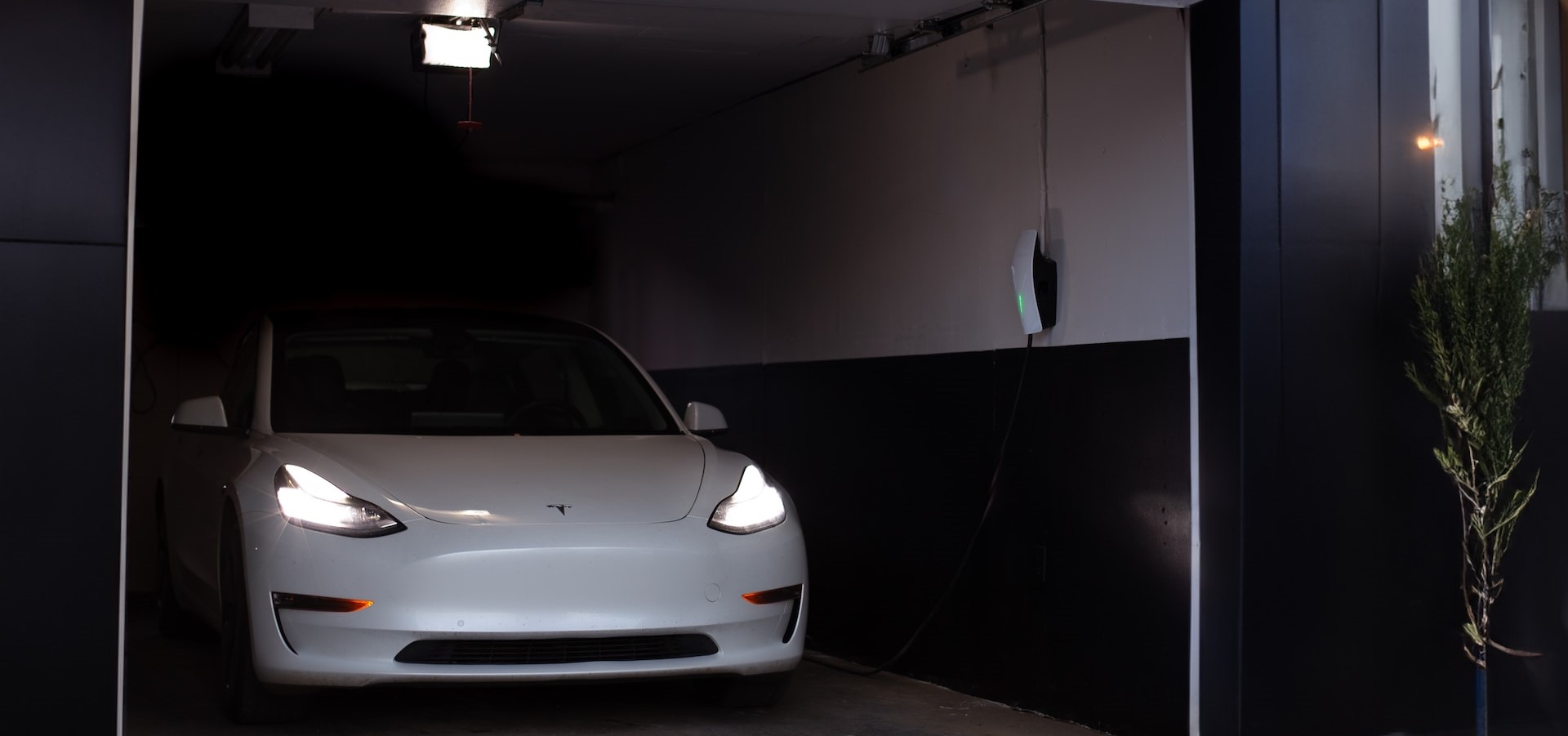
Renters and flat owners may face unique challenges when installing EV chargers, such as obtaining landlord or property manager approval and finding suitable charging solutions for shared parking facilities. We will touch upon the unique factors renters and flat owners should consider when installing EV chargers and guide you through the process.
Recognizing the obstacles renters and flat owners encounter is important to identify the appropriate charging solution for your circumstances. You can ensure a smooth and efficient installation process by addressing these obstacles and collaborating with landlords, property managers, and fellow residents.
Gaining landlord or property manager approval
Obtaining approval from landlords or property managers is crucial for renters and flat owners who wish to install an EV charger at their residences. To convince your landlord or property manager to approve the installation, it is recommended to:
- Highlight the attractiveness of properties with charging stations
- Offer to cover the cost of electrical work
- Demonstrate the demand for EV charging among tenants
- Discuss the potential increase in property value.
By presenting a strong case for the benefits of EV charging and ensuring compliance with any building regulations, you can increase the likelihood of gaining approval from your landlord or property manager to install an EV charger at your rented property or flat.
Shared parking facilities and charging solutions
Shared parking facilities, such as residential car parks, may require the installation of communal charging points or the use of Residential EV Charging Solutions to accommodate multiple EV owners. These solutions include community charging stations and the ability to install EV charging points in apartment complexes. You can easily locate your closest charging station using online map services such as Zap-Map. Some companies also provide tailored charging solutions for apartments and residential complexes.
By collaborating with other residents in your building and researching suitable charging solutions for shared parking facilities, you can help ensure that all EV owners in your community can access convenient and efficient charging options.
Maximising the Environmental and Financial Benefits of Electric Vehicles
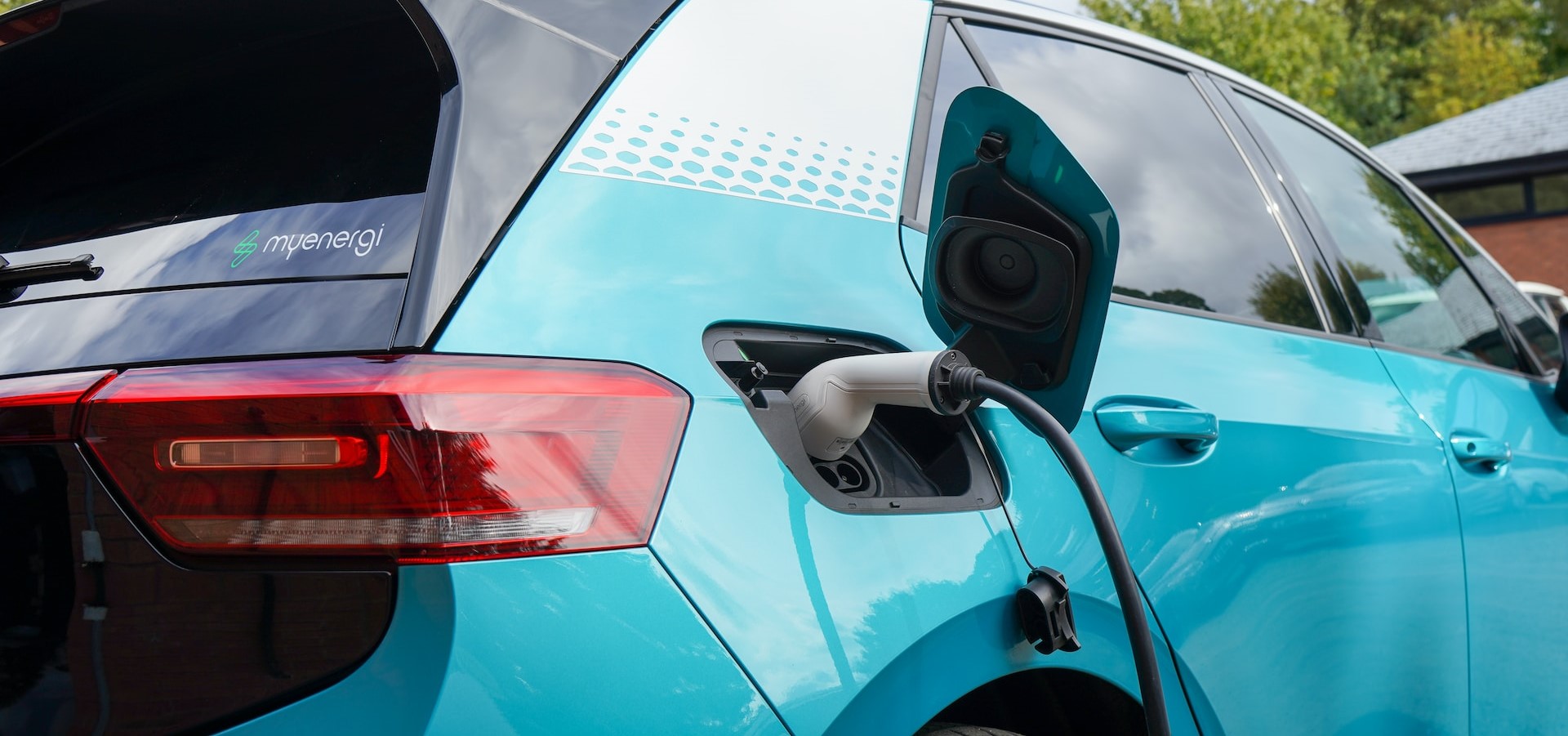
Maximising electric vehicles’ environmental and financial benefits involves adopting eco-friendly driving habits and taking advantage of off-peak charging tariffs. By implementing these practices, you can extend the range of your electric vehicle, reduce energy consumption, and save money on your charging costs.
We will discuss eco-friendly driving habits and off-peak charging tariffs that can enhance your electric vehicle usage while reducing your carbon footprint and boosting your savings.
Eco-friendly driving habits
Eco-friendly driving habits can help extend an EV’s range and reduce overall energy consumption. Such habits include:
- Gentle acceleration
- Regenerative braking
- Planning journeys to avoid hilly routes
- Avoiding excessive acceleration
- Using eco mode
- Maintaining proper tire pressure
- Reducing the load in the vehicle
- Using climate control judiciously
By adopting eco-conscious driving habits and making a conscious effort to drive more efficiently, you can help maintain the battery health of your electric vehicle, reduce your carbon emissions, and promote a more sustainable transportation system with electric cars.
Off-peak charging tariffs
Off-peak charging tariffs offer cheaper electricity rates during specific hours, allowing EV owners to charge their vehicles more cost-effectively. By charging your electric vehicle during off-peak hours, you can benefit from reduced electricity rates and ultimately save money on your charging costs.
Taking advantage of off-peak charging tariffs is beneficial for your wallet and contributes to alleviating pressure on the grid by transferring energy demand away from peak times. By embracing off-peak charging and eco-friendly driving habits, you can maximise your electric vehicle’s environmental and financial benefits.
Summary
In conclusion, the Electric Vehicle Homecharge Scheme (EVHS) offers an excellent opportunity for electric vehicle owners to save money on their home charging expenses. By understanding the EVHS grant process, choosing the suitable charger, and adopting eco-friendly driving habits, you can maximize the benefits of your electric vehicle while minimizing your carbon footprint. Don’t miss the chance to take advantage of this government initiative and transition to a cleaner, more sustainable mode of transportation.
Frequently Asked Questions
Can homeowners get a grant for an EV charger?
Unfortunately, the previous Government Grant scheme towards EV charger installation for homeowners has ended. You must choose a charger and request a quote to book an installation.
Can I claim for charging my electric car at home?
Yes, you can claim for charging your electric car at home if your employer ensures the electricity reimbursed is solely used for charging the company car.
What is the EV charger grant 2024 UK?
The EV ChargePoint Grant 2024 UK enables households to access up to 75% of the cost of a home EV charger, making electric vehicle ownership more affordable. This grant provides partial reimbursement for purchasing and installing an EV charge point.
What are some eco-friendly driving habits to maximize the benefits of electric vehicles?
For eco-friendly driving habits to maximize the benefits of electric vehicles, gentle acceleration, regenerative braking, avoiding hilly routes, using eco mode, and maintaining proper tire pressure should all be considered.
How can I find an OZEV-approved installer for my home EV charger?
To find an OZEV-approved installer for your home EV charger, refer to the government website or check the EV Chargepoint Installers Directory.
